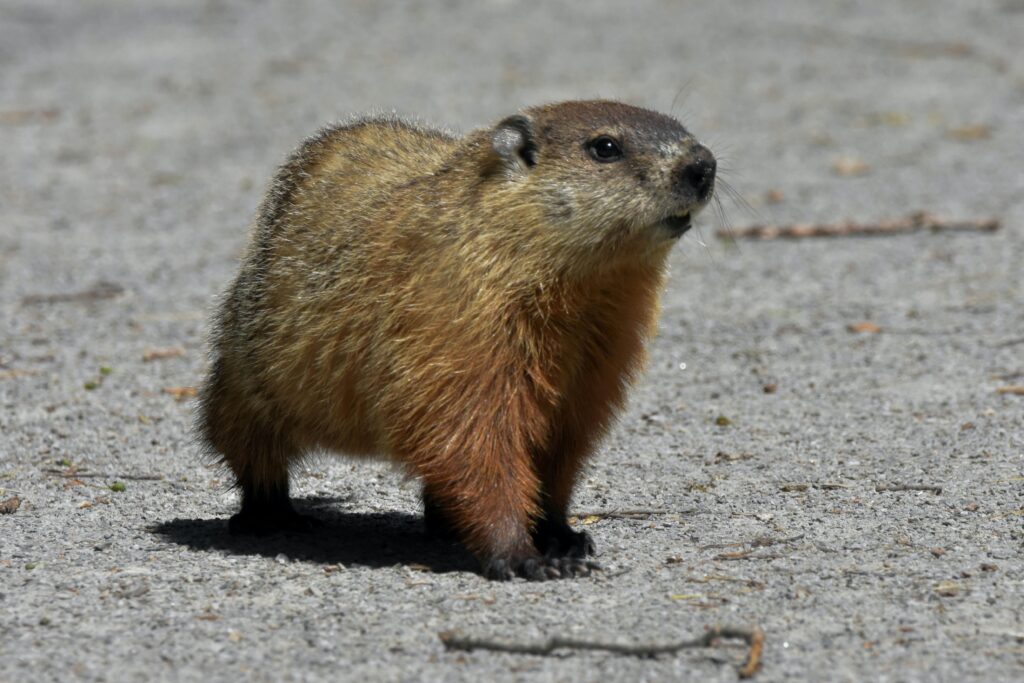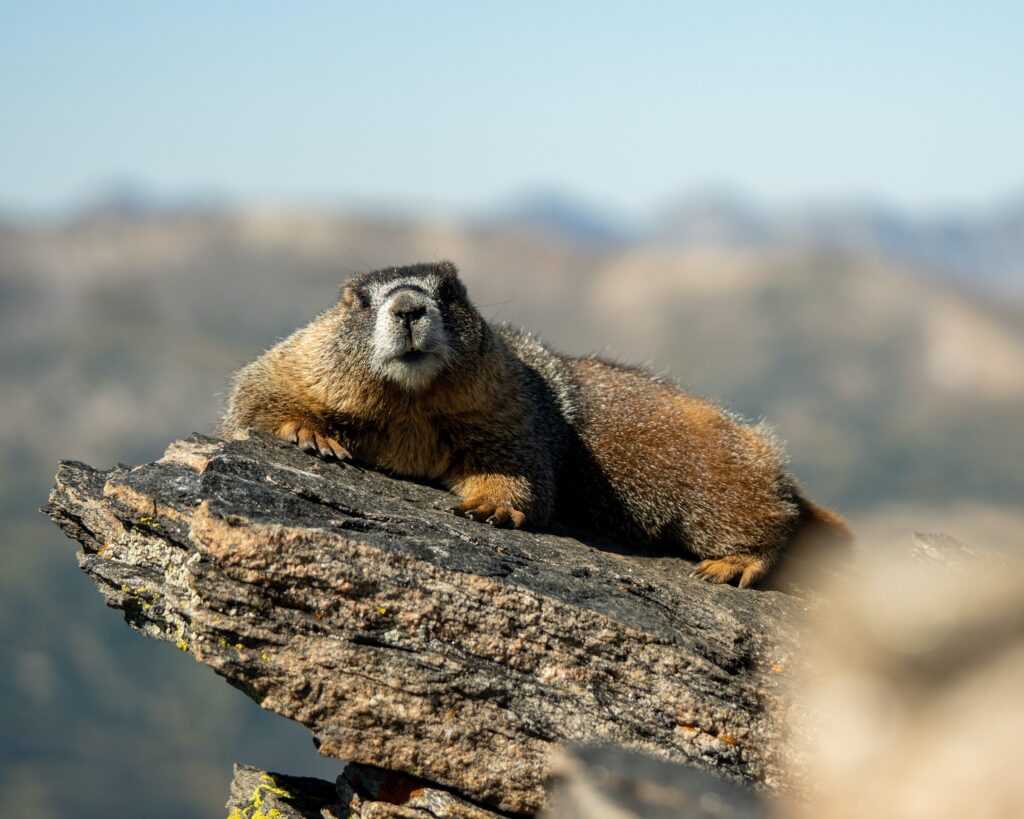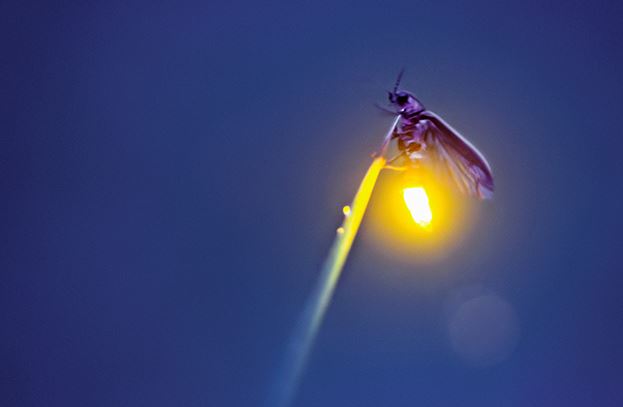
Groundhogs, also known as woodchucks, are a common rodent found throughout much of North America. They are known for their burrowing habits and for being the subject of the popular folklore about predicting the arrival of spring.
But what do groundhogs eat? And what other interesting facts should you know about these creatures? In this article, we’ll take a closer look at these questions and more.
Table of Contents
What are Groundhogs?
What do groundhogs look like?
Groundhogs are large, ground-dwelling rodents that can grow up to 2 feet in length and weigh up to 15 pounds. They have a stocky build and short, sturdy legs. Their fur is typically brown or gray and they have a distinctive white patch on their chest. They also have small eyes, large ears, and a short, bushy tail.
Are groundhogs woodchucks?
Yes, groundhogs and woodchucks are the same animal. The name “groundhog” is commonly used in the eastern and central United States, while “woodchuck” is more commonly used in the northeastern and Great Lakes regions.
What Do Groundhogs Eat?
Groundhogs are herbivores, which means they primarily eat vegetation. Their diet includes a variety of plants such as grasses, clover, dandelions, and other wildflowers. They also consume fruits, vegetables, and nuts when available. Groundhogs are opportunistic feeders and will eat a wide range of plants, they also eat insects and other small animals when food is scarce. They are known to change their diet depending on the season and availability of food. For example, in the spring and summer, they will eat more green vegetation, while in the fall, they will eat more fruits and nuts.
Groundhogs have a keen sense of smell and are able to locate food from a distance. They are also able to climb trees and shrubs to reach fruits and nuts. Groundhogs are also known to eat agricultural crops such as corn, beans, and potatoes, causing damage to farmers’ fields. They are also known to damage gardens and lawns by digging burrows and eating plants. Due to this, it is important for homeowners and farmers to learn about groundhog diets and take measures to deter them from eating their plants.
Useful Products
| Groundhog Repellant Stakes | Natural Caster Oil Repellent |
| Groundhog Repellent Concentrate | Humane Rodent Live Trap |
How to Attract Groundhogs
Groundhogs are naturally drawn to areas with a lot of vegetation, so if you want to attract groundhogs to your property, you should focus on planting a variety of plants that they like to eat. This includes:
- grasses
- clover
- dandelions
- other wildflowers.
It is important to note that groundhogs will also be attracted to areas with water sources, so having a pond or stream on your property can also attract them.
5 Tips for Trapping Groundhogs

Overall, trapping groundhogs is possible and can be an effective way to keep them away from your property, but it’s important to use humane methods and to comply with local laws and regulations.
- Use live traps. Groundhogs are less likely to be harmed when caught in live traps than in lethal traps.
- Bait the trap with fruits and vegetables. Groundhogs are attracted to these types of foods.
- Place the trap in an area where you have seen groundhogs before.
- Check the trap frequently to ensure that any trapped animals are not left without food or water.
- Release the groundhogs as far away from your property as possible to prevent them from returning.
Note: Using lethal traps, are not recommended because they can cause suffering to the animal and they are not legal in some areas.
How to Keep Groundhogs Out of Your Yard
- Use fencing. Groundhogs can’t dig under or climb over fencing that is at least 2 feet high and buried at least 12 inches deep.
- Use repellents. Groundhogs don’t like the smell of certain plants, such as peppermint or eucalyptus, so planting these around your property can deter them.
- Use traps. Trapping and relocating groundhogs is an effective way to keep them away from your property.
- Remove food sources. Groundhogs will be less likely to visit your property if there is no food for them to eat.
- Keep your property clean. Groundhogs are less likely to visit properties that are well-maintained and clean.
It is important to note that groundhogs are protected by laws in some areas, so it’s important to check with your local wildlife agency before attempting to trap or remove them.

5 Facts About Groundhogs
- Groundhogs are also known as woodchucks
- Groundhogs are herbivores and primarily eat vegetation, fruits, vegetables, and nuts.
- Groundhogs are known for their burrowing habits and can dig tunnels up to 30 feet long.
- Groundhogs hibernate during the winter months and can sleep for up to 100 days.
- Groundhogs are excellent swimmers and can hold their breath for up to six minutes.
In conclusion, groundhogs are fascinating animals with unique dietary and behavioral habits. Understanding their diet and habits can help you attract or deter them from your property. If you do encounter groundhogs on your property, it’s important to use humane methods for trapping and relocating them. By following these tips, you can coexist with these creatures in a safe and responsible way.”
(Video) Why Groundhogs Are Hard to Get Rid of
FAQs About Groundhogs
Do groundhogs bite?
Groundhogs, also known as woodchucks, are generally not known to bite humans. They are herbivorous animals and do not typically view humans as a food source. However, if a groundhog feels threatened, it may bite as a defensive measure. It’s important to keep a safe distance from groundhogs and not to approach or corner them, as this could cause them to feel threatened and bite.
Are groundhogs harmful to homes?
Groundhogs can be harmful to homes if they burrow near or under the foundation. Their burrows can cause damage to the structure of the home and can lead to water infiltration and soil erosion. Additionally, groundhogs can damage gardens, lawns, and other landscaping by eating plants and vegetables.
What are groundhogs good for?
Groundhogs are an important part of the ecosystem and play a role in seed dispersal and soil aeration through their burrowing activities. They are also a food source for predators such as coyotes, foxes, and birds of prey. Some people also find groundhogs to be fascinating animals to watch and enjoy observing them in the wild.
Are groundhogs friendly to humans?
Groundhogs are wild animals and are not typically friendly to humans. They are generally shy and reclusive animals that prefer to avoid human contact. While they may not actively seek out human interaction, they can be observed from a safe distance in their natural habitat. It’s important to remember that they are wild animals and should be treated with respect and caution.


